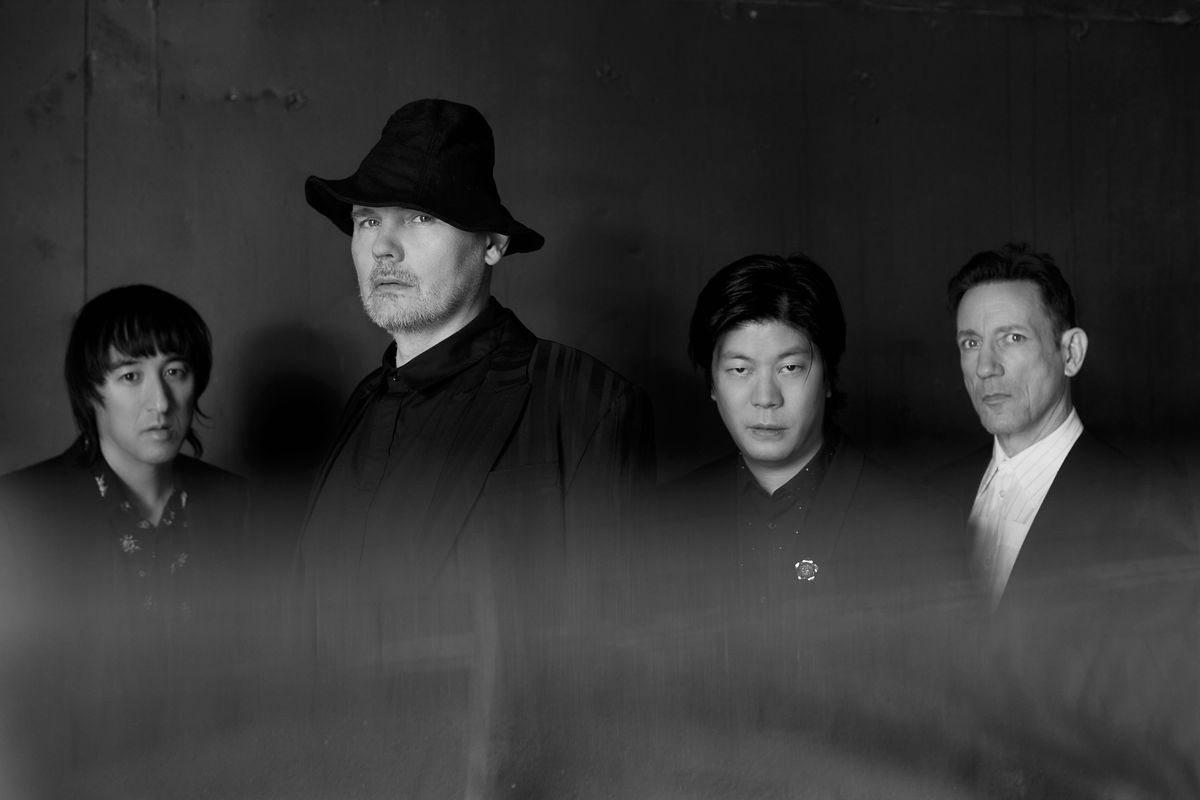Review: Smashing Pumpkins’ ‘Cyr’ is a monument to the synthesizer

Chicago alt-rock group the Smashing Pumpkins have been making music in one form or another for more than three decades. The band’s makeup has seen a lot of turnover throughout that time, and, after years apart, 2018 saw the majority of the Smashing Pumpkins’ original lineup back in the studio together. “Cyr” is the group’s second album since, and it’s a whole 20-track double.
Known for his heavy, guitar-driven composition, frontman Billy Corgan has taken a turn toward the new with “Cyr.” Where past hit albums like “Mellon Collie and the Infinite Sadness” and “Siamese Dream” were built on Corgan’s guitar, “Cyr” is a monument to the synth.
It’s a set of tools largely unfamiliar to the group, but they wield them well to create pieces of hard-set dream pop. Opening track “The Colour of Love” is one such example, a driven construction that draws what was once an undertone of dream pop into something much more overt.
“Cyr” is long but staunchly coherent. It averts the potential crisis of running 20 consecutive tracks and sounding like a miscalculated sound collage. Rather, the coherence stretches almost to the other side.
The album has a few standout tracks, but largely they blend together. It can get to being a little repetitive, the quality of the synths not changing much from track to track.
One of its most prominent features, though, is cleanliness. Corgan produced the album and in doing so achieved a great deal. Almost every track sounds clear. The layers of each track complement each other without dissonance.
One possible exception is “Birch Grove,” which is built on a backdrop of synths shifted out of alignment from the rest of the song. Oddly enough, this track works well, maybe because of that misalignment, maybe in spite of it.
Another strength of the album is the decisiveness of drummer Jimmy Chamberlin. His playing holds the tracks tight and, even in the simplest moments, lends a sort of wonderful grounding.
Though no doubt a synth album, “Wyttch,” near the album’s midpoint, breaks “Cyr’s” compositional form. In spite of being heavily reliant on a goth-rock, fuzzy guitar line, the background vocals draw the track a place in “Cyr’s” atmosphere. It’s not sticking out in a bad way, just providing a brief and necessary respite from the dreamy synths.
The album’s definite standout track is “Purple Blood,” built of a contrast between growling guitar and twinkling synths. It’s a very delicate track, but one with a wonderful flow to it. Corgan’s lyrics are vivid and raw.
“Haunted” is another addictive ballad, lyrically brilliant and having many qualities of a true pop hit. Album finisher “Minerva” is an allusive, almost esoteric song. Its triumphant vocals make for a real surge across the finish line of this album.
“Cyr” is a success in what it sets out to achieve, but there are a few issues with it.
The first is repetitiveness. But that repetitiveness is just a symptom of what is its largest issue: It’s too long. There are 20 songs on the double-length album, and, at that length, they start to lose individuality. Especially with the sonic similarities between them all making quite a long list.
The overall effect of “Cyr,” though, is a good one: the Smashing Pumpkins’ unique brand of rock, only this time gone synth. “Cyr” is a success as what it sets out to achieve, a gleaming demonstration of what happens when legendary alt rockers take their talents to a new medium.
For fans of the classics, this album is a little unexpected, but if you give it a chance, “Cyr” is sure to please. Plus, when we one day get to see Corgan live again, these songs will be stadium ballads.